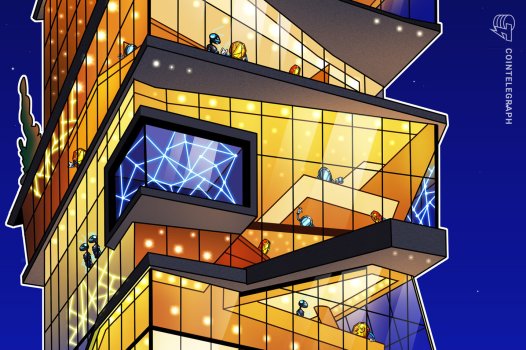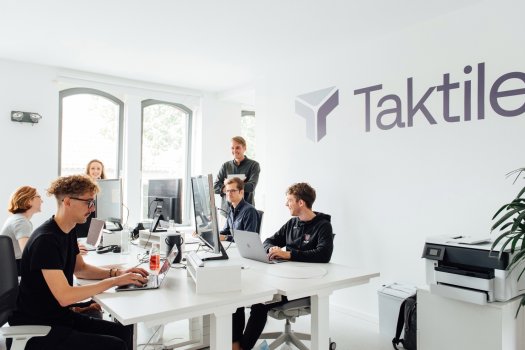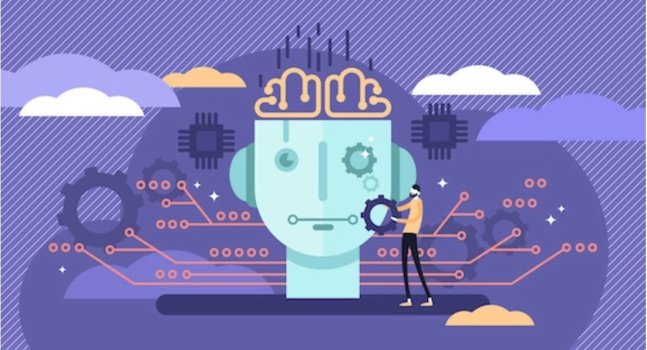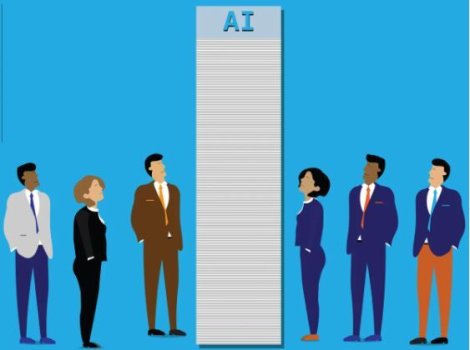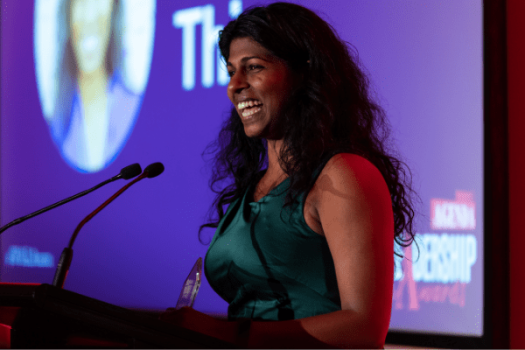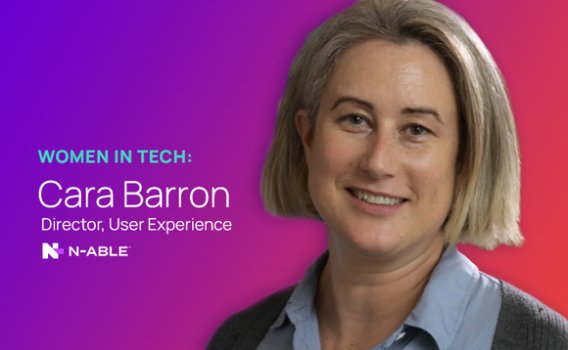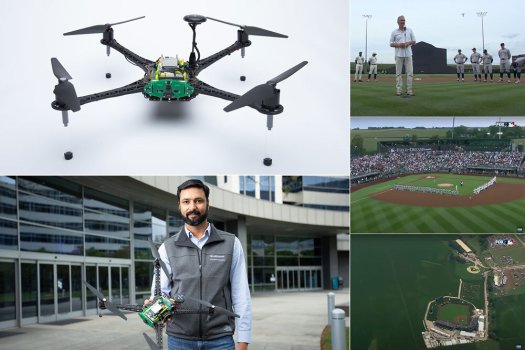Women in Tech: “It’s highly rewarding to work in tech”
- Technology Workforce
- 0 Replies
Today’s Woman in Tech: Natasha Lauer, Head of Marketing at Soda
Natasha is Head of Marketing at Soda. She studied Law with French at Oxford Brookes University and has 16 years of experience working in the data industry. Prior to Soda, Natasha was at Collibra for 3 years and was responsible for marketing across the EMEA region and global programs, including founding the Chief Data Officer Summer School. Prior to Collibra, she held a variety of marketing leadership roles at Qlik in EMEA and the global alliances and channel team. Since 2007, Natasha has called the Netherlands home where she lives with her family.
When did you become interested in technology?
I was relatively young. My dad is a computer consultant specializing in information systems; he opened my eyes to working with computers and impressed the importance of logical thinking and problem solving when using them. At school, I took an above-average interest in Computer Science from the age of 10, carried it through to my A levels, and have been hooked ever since!
Continue reading: https://jaxenter.com/women-in-tech-lauer-175148.html
Natasha is Head of Marketing at Soda. She studied Law with French at Oxford Brookes University and has 16 years of experience working in the data industry. Prior to Soda, Natasha was at Collibra for 3 years and was responsible for marketing across the EMEA region and global programs, including founding the Chief Data Officer Summer School. Prior to Collibra, she held a variety of marketing leadership roles at Qlik in EMEA and the global alliances and channel team. Since 2007, Natasha has called the Netherlands home where she lives with her family.
When did you become interested in technology?
I was relatively young. My dad is a computer consultant specializing in information systems; he opened my eyes to working with computers and impressed the importance of logical thinking and problem solving when using them. At school, I took an above-average interest in Computer Science from the age of 10, carried it through to my A levels, and have been hooked ever since!
Continue reading: https://jaxenter.com/women-in-tech-lauer-175148.html






